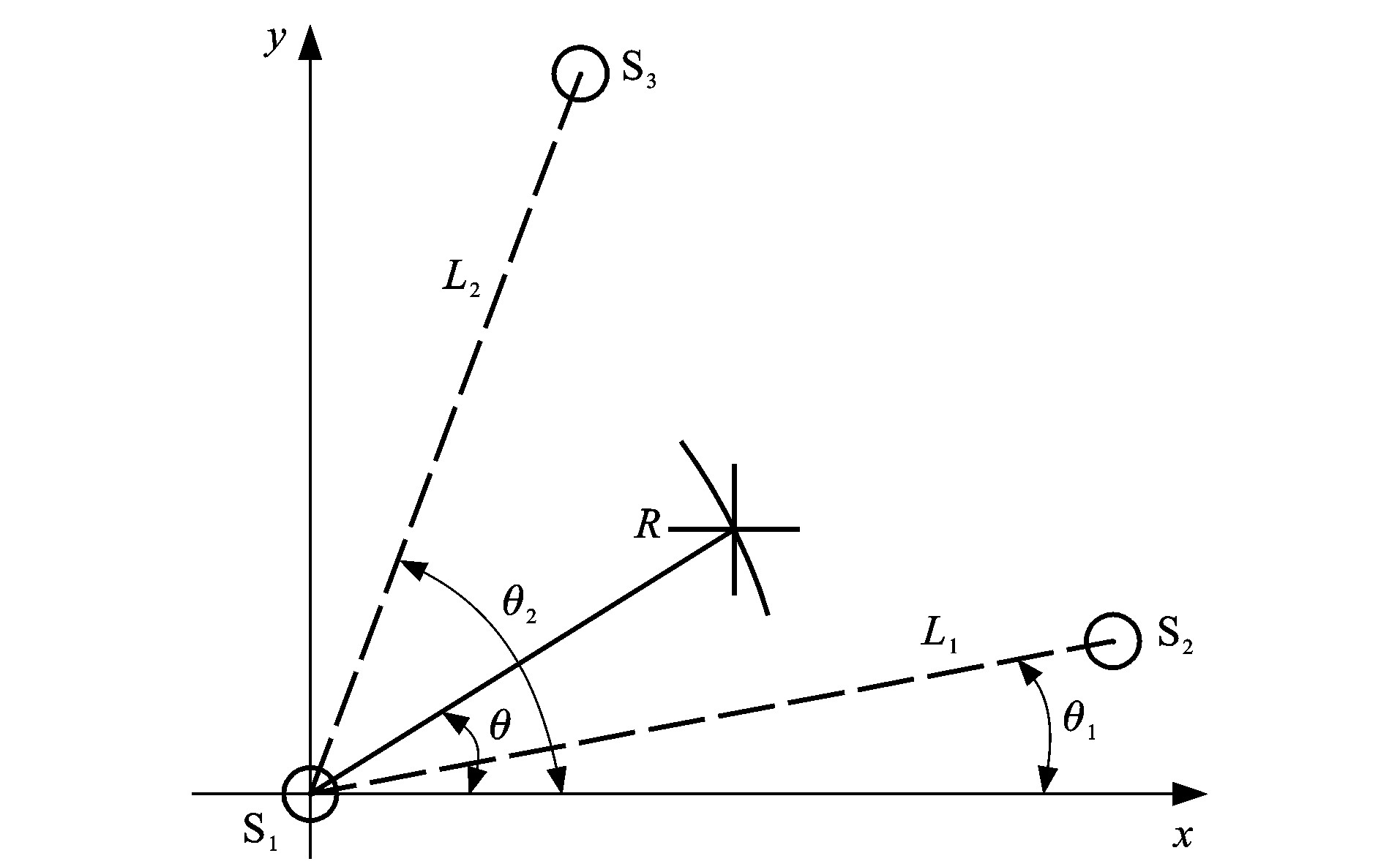| [1] |
TSAKOPOULOS P A, FISHER J W. Full-scale fatigue tests of steel orthotropic decks for the Williamsburg Bridge[J]. Journal of Bridge Engineering, 2003, 8(5): 323-333. doi: 10.1061/(ASCE)1084-0702(2003)8:5(323)
|
| [2] |
TSAKOPOULOS P A, FISHER J W. Full-scale fatigue tests of steel orthotropic deck panel for the Bronx-Whitestone Bridge rehabilitation[J]. Bridge Structures, 2005, 1(1): 55-66. doi: 10.1080/15732480412331294704
|
| [3] |
MALJAARS J, DOOREN F V, KOLSTEIN H. Fatigue assessment for deck plates in orthotropic bridge decks[J]. Steel Construction, 2012, 5(2): 93-100. doi: 10.1002/stco.201210011
|
| [4] |
WANG Chun-sheng, WANG Yu-zhu, DUAN Lan, et al. Fatigue performance evaluation and cold reinforcement for old steel bridges[J]. Structural Engineering International, 2019, 29(4): 563-569. doi: 10.1080/10168664.2019.1593069
|
| [5] |
WANG Chun-sheng, ZHAI Mu-sai, DUAN Lan, et al. Fatigue service life evaluation of existing steel and concrete bridges[J]. Advanced Steel Construction, 2015, 11(3): 305-321.
|
| [6] |
WANG Chun-sheng, WANG Qian, XU Yue. Fatigue evaluation of a strengthened steel truss bridge[J]. Structure Engineering International, 2013, 23(4): 443-449. doi: 10.2749/101686613X13627347100112
|
| [7] |
WANG Chun-sheng,CHEN Ai-rong,CHEN Wei-zhen.Assessment of remaining fatigue life and service safety fo rold steel bridges based on fracture mechanics[J].China Journal of Highway and Transport,2006,19(2):42-48.(in Chinese)
|
| [8] |
WANG Chun-sheng, HAO Long, FU Bing-ning. Fatigue reliability updating evaluation of existing steel bridges[J]. Journal of Bridge Engineering, 2012, 17(6): 955-965. doi: 10.1061/(ASCE)BE.1943-5592.0000354
|
| [9] |
WANG Chun-sheng,CHEN Wei-zhen,CHEN Ai-rong.Damage safety assessment and maintenance management strategy of bridges[J].Journal of Traffic and Transportation Engineering,2002,2(4):21-28.(in Chinese)
|
| [10] |
XU Jun, SUN Hua-huai, CAI Shun-yao. Effect of symmetrical broken wires damage on mechanical characteristics of stay cable[J]. Journal of Sound and Vibration, 2019, DOI: 10.1016/j.jsv.2019.114920.
|
| [11] |
NAKAMURA S I, SUZUMURA K, TARUI T. Mechanical properties and remaining strength of corroded bridge wires[J]. Structural Engineering International, 2004, 14(1): 50-54. doi: 10.2749/101686604777964305
|
| [12] |
NAKAMURA S I, SUZUMURA K. Experimental study on fatigue strength of corroded bridge wires[J]. Journal of Bridge Engineering, 2013, 18(3): 200-209. doi: 10.1061/(ASCE)BE.1943-5592.0000366
|
| [13] |
BETTI R, WEST A C, VERMAAS G, et al. Corrosion and embrittlement in high-strength wires of suspension bridge cables[J]. Journal of Bridge Engineering, 2005, 10(2): 151-162. doi: 10.1061/(ASCE)1084-0702(2005)10:2(151)
|
| [14] |
FISHER J W, BARSOM J M. Evaluation of cracking in the rib-to-deck welds of the Bronx-Whitestone Bridge[J]. Journal of Bridge Engineering, 2016, 21(3), DOI: 10.1061/(ASCE)BE.1943-5592.0000823.
|
| [15] |
WANG Chun-sheng, WANG Yu-zhu, CUI Bing, et al. Numerical simulation of distortion-induced fatigue crack growth using extended finite element method[J]. Structure and Infrastructure Engineering, 2020, 16(1): 106-122. doi: 10.1080/15732479.2019.1650076
|
| [16] |
WANG Chun-sheng, ZHAI Mu-sai, DUAN Lan, et al. Cold reinforcement and evaluation of steel bridges with fatigue cracks[J]. Journal of Bridge Engineering, 2018, 23(4): 04018014-1-11. doi: 10.1061/(ASCE)BE.1943-5592.0001219
|
| [17] |
SHEN Gong-tian,GENG Rong-sheng,LIU Shi-feng.Acoustic emission source location[J].Nondestructive Testing,2002, 24(3):114-117,125.(in Chinese).
|
| [18] |
DING You-liang,DENG Yang,LI Ai-qun.Advances in researches on application of acoustic emission technique to health monitoring for bridge structures[J]. Journal of Disaster Prevention and Mitigation Engineering,2010,30(3):341-351.(in Chinese).
|
| [19] |
POLLOCK A A, SMITH B. Stress-wave-emission monitoring of a military bridge[J]. Non-Destructive Testing, 1972, 5(6): 348-353. doi: 10.1016/0029-1021(72)90063-1
|
| [20] |
COLOMBOI S, MAIN I G, FORDE M C. Assessing damage of reinforced concrete beam using "b-value" analysis of acoustic emission signals[J]. Journal of Materials in Civil Engineering, 2003, 15(3): 280-286. doi: 10.1061/(ASCE)0899-1561(2003)15:3(280)
|
| [21] |
YUYAMA S, YOKOYAMA K, NIITANI K, et al. Detection and evaluation of failures in high-strength tendon of prestressed concrete bridges by acoustic emission[J]. Construction and Building Materials, 2007, 21(3): 491-500. doi: 10.1016/j.conbuildmat.2006.04.010
|
| [22] |
YU Jian-guo, ZIEHL P, ZÁRATE B, et al. Prediction of fatigue crack growth in steel bridge components using acoustic emission[J]. Journal of Constructional Steel Research, 2011, 67(8): 1254-1260. doi: 10.1016/j.jcsr.2011.03.005
|
| [23] |
ROBERTS T M, TALEBZADEH M. Acoustic emission monitoring of fatigue crack propagation[J]. Journal of Constructional Steel Research, 2003, 59(6): 695-712. doi: 10.1016/S0143-974X(02)00064-0
|
| [24] |
ZHOU Chang-jiang, ZHANG Yun-feng. Particle filter based noise removal method for acoustic emission signals[J]. Mechanical Systems and Signal Processing, 2012, 28: 63-77. doi: 10.1016/j.ymssp.2011.08.004
|
| [25] |
YAPAR O, BASU P K, VOLGYESI P, et al. Structural health monitoring of bridges with piezoelectric AE sensors[J]. Engineering Failure Analysis, 2015, 56: 150-169. doi: 10.1016/j.engfailanal.2015.03.009
|
| [26] |
NAIR A, CAI C S. Acoustic emission monitoring of bridges: review and case studies[J]. Engineering Structures, 2010, 32(6): 1704-1714. doi: 10.1016/j.engstruct.2010.02.020
|
| [27] |
ZHANG Yun-feng. In situ fatigue crack detection using piezoelectric paint sensor[J]. Journal of Intelligent Material Systems and Structures, 2006, 17(10): 843-852. doi: 10.1177/1045389X06059957
|
| [28] |
LI Zhen, ZHANG Yue-feng, WANG Chun-sheng. A sensor-driven structural health prognosis procedure considering sensor degradation[J]. Structure and Infrastructure Engineering: Maintenance, Management, Life-Cycle Design and Performance, 2013, 9(8): 764-776.
|
| [29] |
LI Xin. Electroelastic properties of piezoelectric paint for ultrasonic guided wave sensing and damage detection[D]. Bethlehem: Lehigh University, 2009.
|
| [30] |
LI Zhen, ZHANG Yun-feng. Extreme value theory-based structural health prognosis method using reduced sensor data[J]. Structure and Infrastructure Engineering: Maintenance, Management, Life-Cycle Design and Performance, 2014, 19(8): 988-997.
|
| [31] |
SHI Z, JARZYNSKI J, BAIR S, et al. Characterization of acoustic emission signals from fatigue fracture[J]. Proceedings of the Institution of Mechanical Engineers, Part C: Journal of Mechanical Engineering Science, 2000, 214(9): 1141-1149. doi: 10.1243/0954406001523588
|





 下载:
下载:















